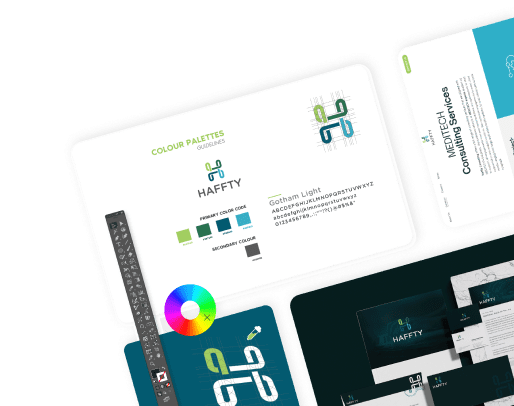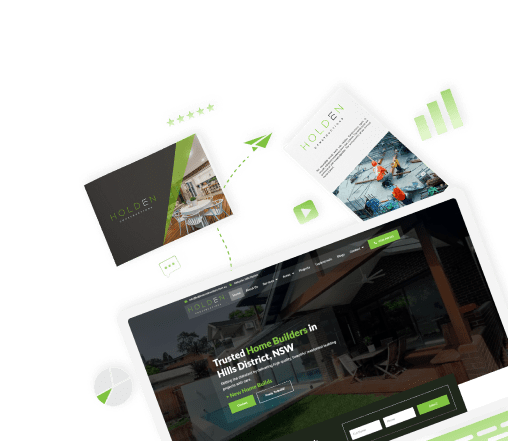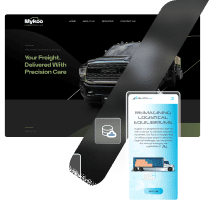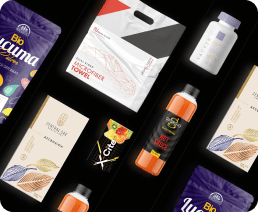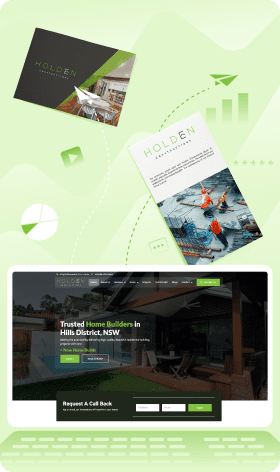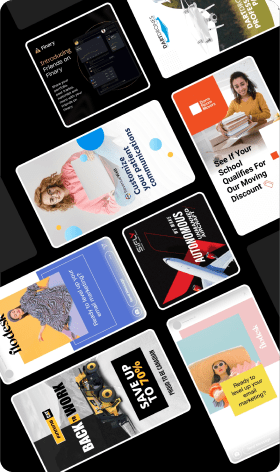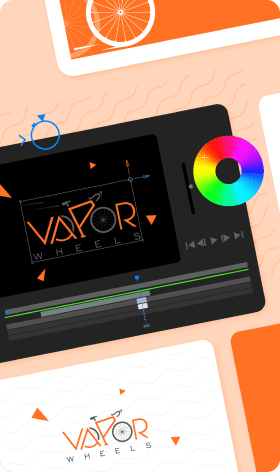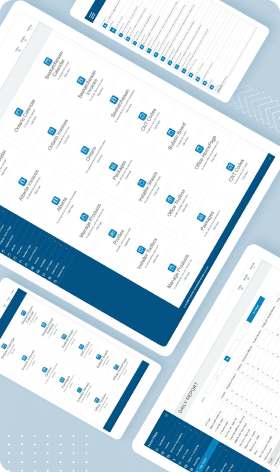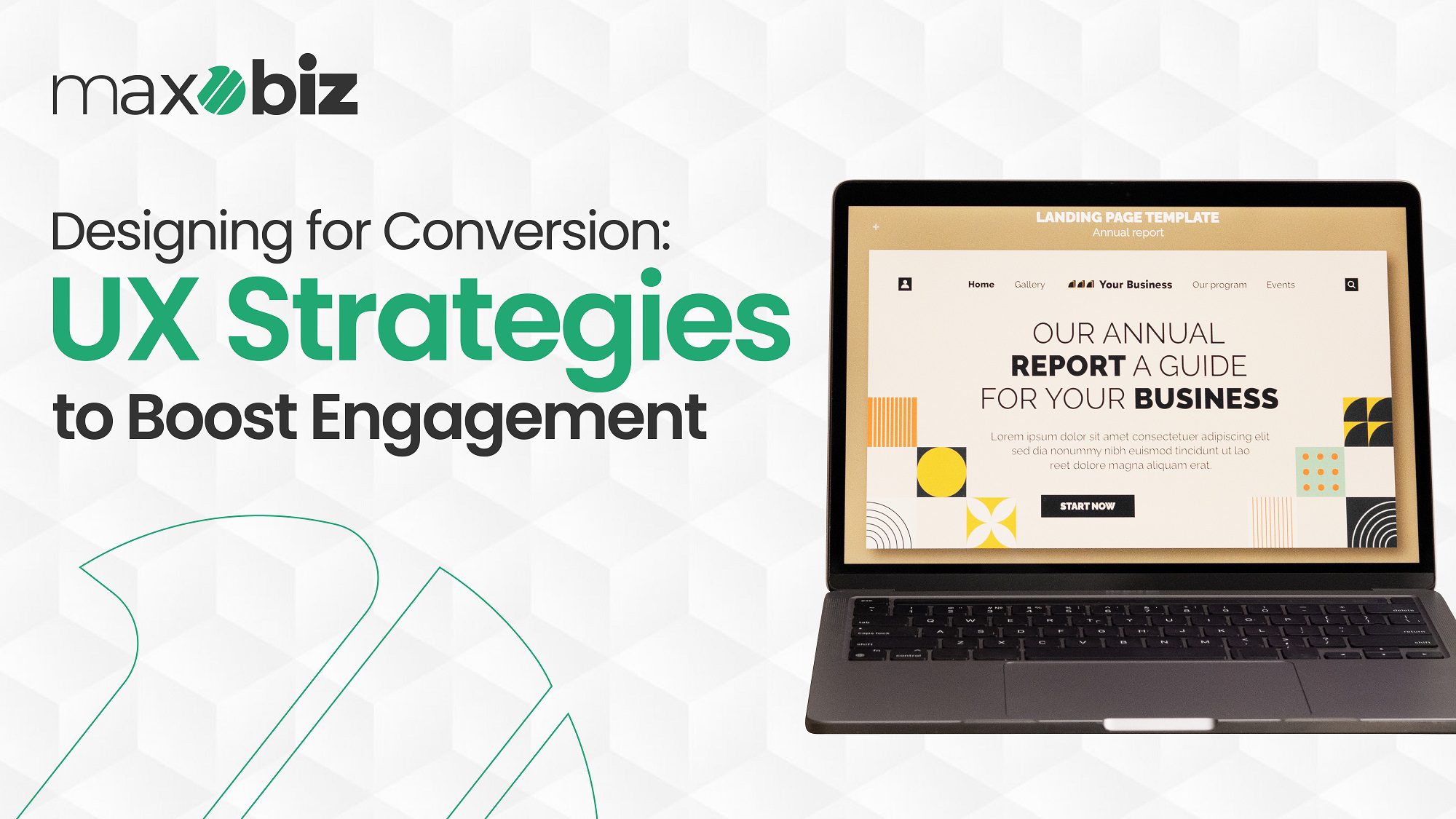Introduction: Why UX Matters More Than Ever
Ever visited a website that feels super easy to use and makes you want to look around and buy stuff? That’s what a great website experience (UX design) is all about! Today, we’re going to explore how UX design helps websites work like magic. Because let’s be real, a website design that doesn’t get people buying is kind of like a store with no doors! We’ll show you how cool UX design tricks can bring visitors in and turn them into happy customers.
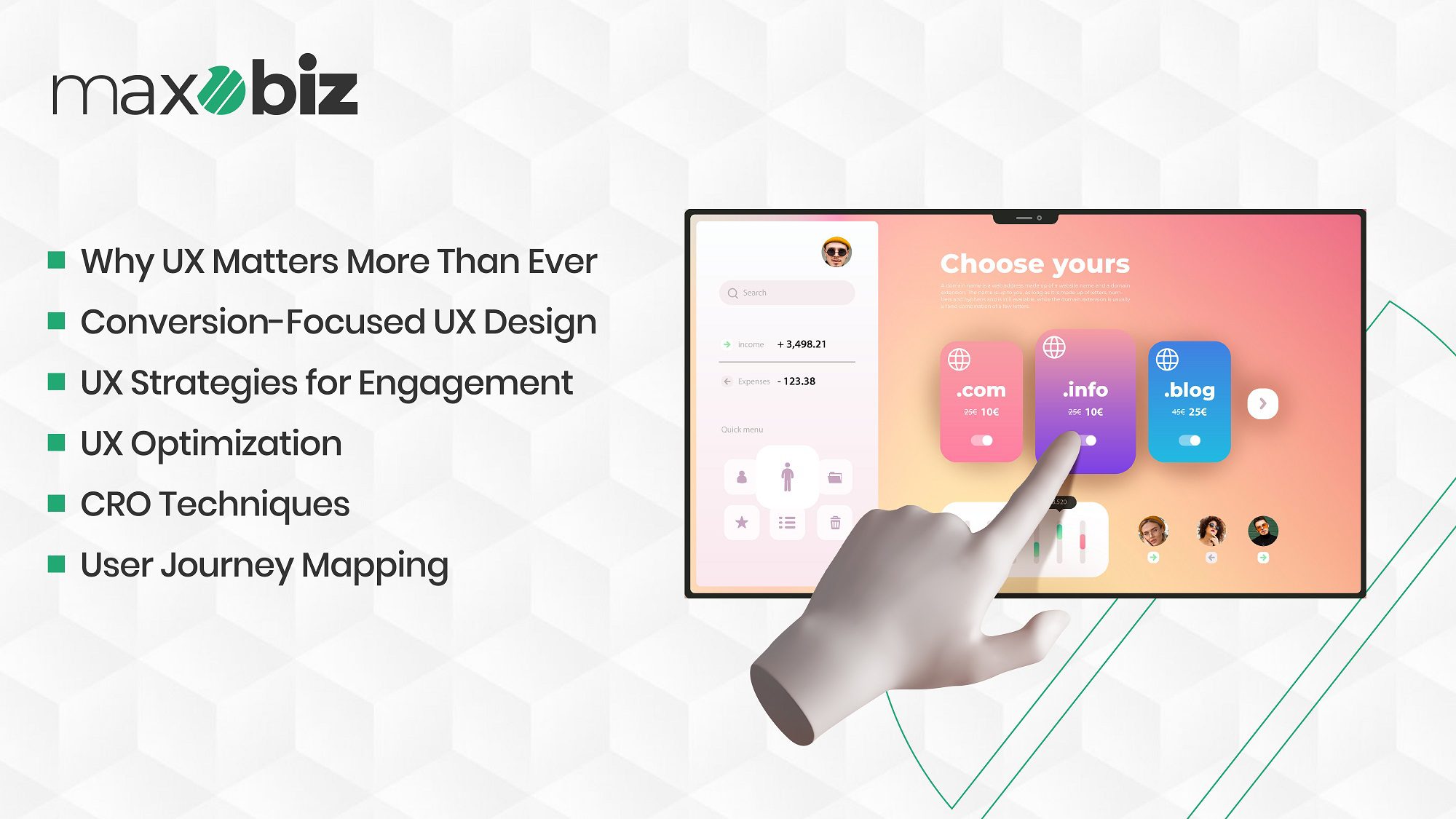
Conversion-Focused UX Design: Crafting a Path to Success
When we talk about conversion-focused UX design, we’re talking about creating a user experience specifically designed to guide visitors toward making a conversion, whether that’s buying a product, signing up for a newsletter, or downloading an app. This kind of design involves understanding what drives your users and using that knowledge to create a pathway that leads them straight to your goals.
Related Article: Top UX Design Trends That Every Business Should Follow
Clear CTAs: Your call-to-action buttons are your gateways to conversion. Make them impossible to ignore with vibrant colors and persuasive text.
Streamlined Navigation: Don’t let your users get lost. A clean, intuitive navigation layout helps them find what they need, fast.
Speed and Simplicity: A fast-loading page removes barriers to conversion. Keep designs simple and focus on speed to keep your users happy and engaged.
Also Read: The Role of UX/UI Design in Creating Engaging Websites
UX Strategies for Engagement: Keeping Users Hooked
Engagement is the secret to retaining users and turning them into loyal customers. UX strategies for engagement are all about making your website not just usable, but delightful to use. Here are some killer strategies to keep users engaged:
Interactive Elements: Incorporate interactive elements like hover effects, animations, and dynamic content that responds to user actions. Like the animation on the home page of Maxobiz These features can transform passive browsing into an active, engaging experience.
Feedback Loops: Use immediate feedback for user actions, like a color change when a button is clicked, to make the experience feel responsive and real.
Personalization: Offer personalized experiences based on user behavior. If they’re returning visitors, display a welcoming message or suggest products based on their past browsing history.
User Experience (UX) Optimization: Turning Good Into Great
Now, let’s optimize! User experience optimization means refining your website’s UX to perform at its peak. It’s about constant improvement and adapting to user needs. Here’s how you can optimize:
User Testing: Regularly test your website with real users to find pain points and opportunities for improvement.
Analytics: Use tools like Google Analytics to track where you’re losing users and test different strategies to keep them.
Adaptive Design: Ensure your site looks great and works well on all devices, especially mobiles, as a significant portion of web traffic is mobile.
CRO Techniques and Effective UX/UI Practices
Conversion Rate Optimization (CRO) is all about getting more of your visitors to do what you want them to do. Here are some effective CRO techniques:
A/B Testing: Test two versions of a page to see which performs better. Small changes, like the color of a button or the placement of a form, can have big impacts.
Segmentation: Tailor your UX to different segments of your audience. Different users may prefer different types of content, layouts, or interaction styles.
Heatmaps: Use heatmaps to see where users are clicking most often. This can help you understand what catches their attention.
User Journey Mapping and Persuasive Design Techniques
Mapping out the user journey helps you visualize a visitor’s path through your site, from the first interaction to the final conversion. This is crucial for identifying roadblocks and smoothing out the experience.
Empathy Maps: Build empathy maps to better understand your users’ needs and emotions throughout their journey.
Storytelling: Use storytelling in your UX to create a narrative around your products or services. This makes the journey more compelling and memorable.
Conclusion: The Road Ahead
Mastering UX design for conversion is an ongoing journey. Your website needs to keep pace with the fast-changing digital world. Remember, the goal is to make your user’s experience so delightful and seamless that conversion becomes a natural step in their journey. Focusing on these UX strategies can significantly boost user engagement and drive more conversions.
Isn’t it amazing how much thoughtful design can impact user engagement and conversions? What’s one change you could make today to improve your website’s UX?






